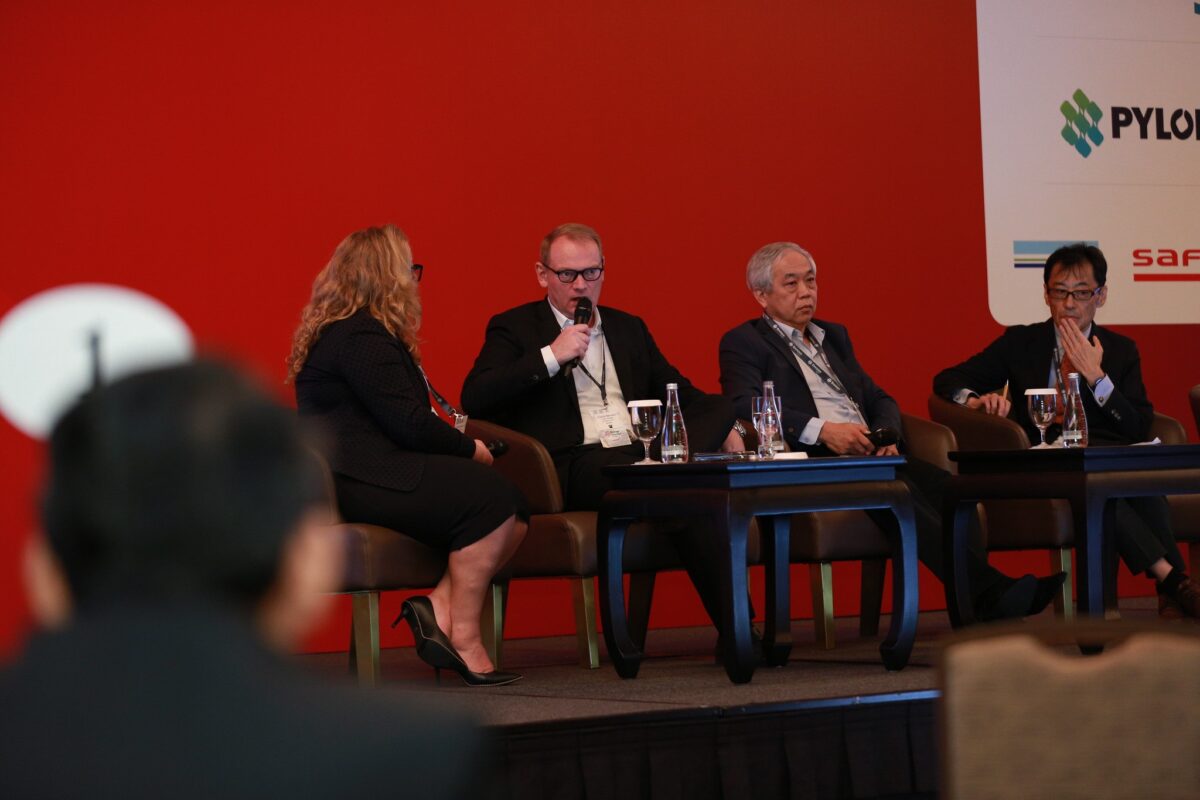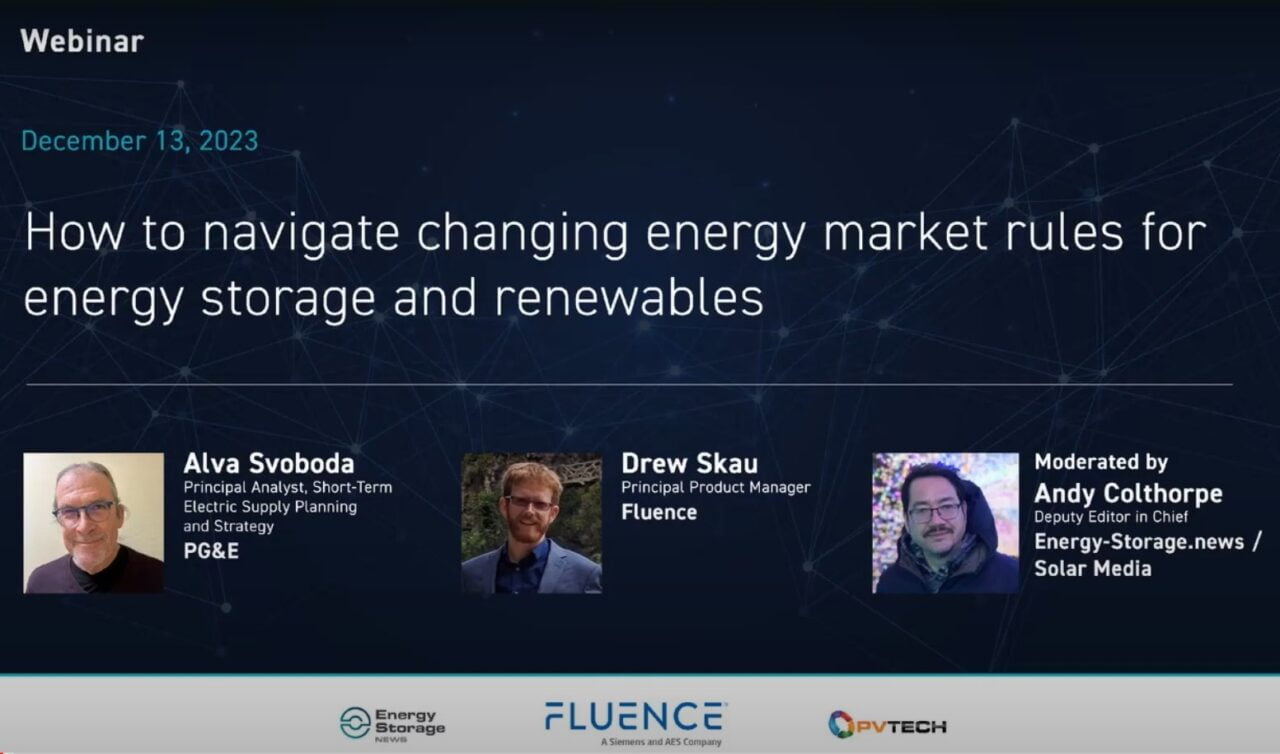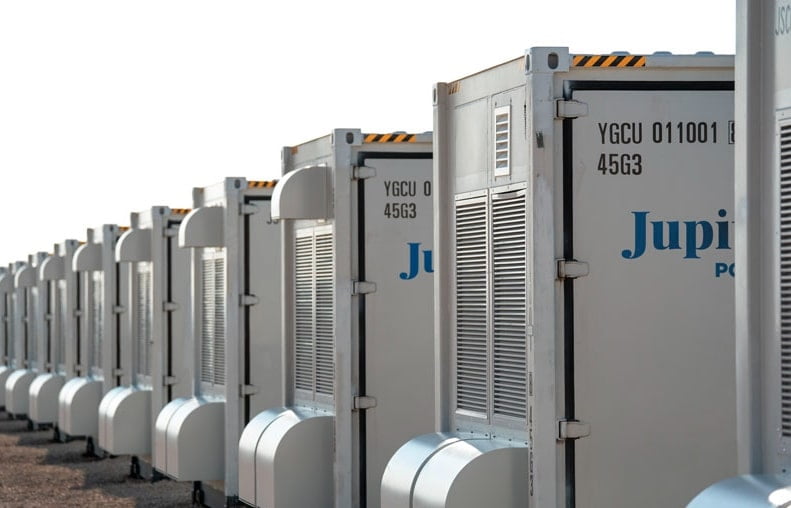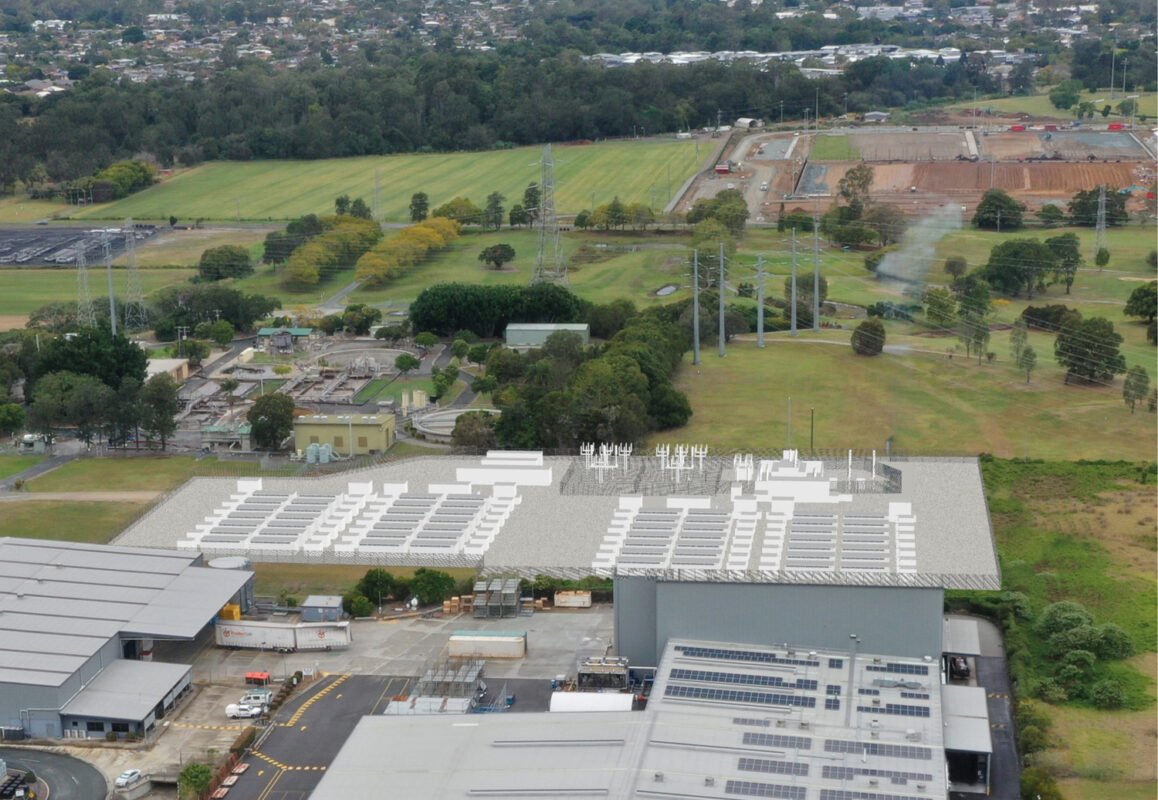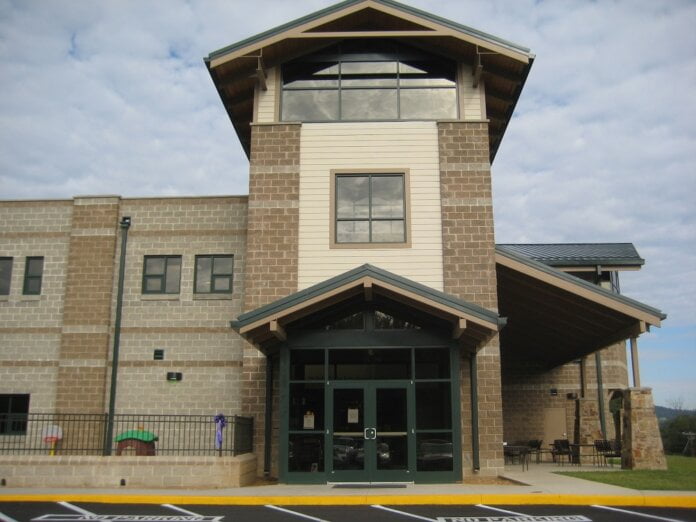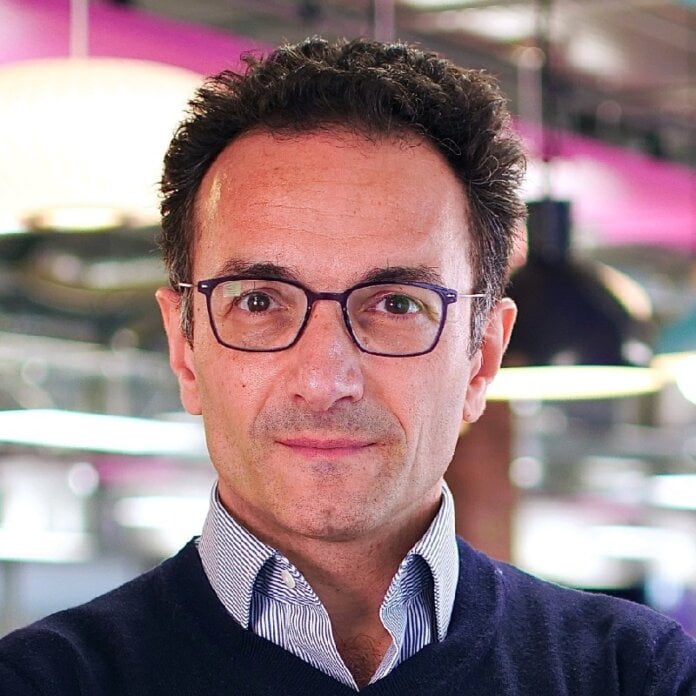Regular readers of Energy-Storage.news will likely be aware that grid-scale battery storage activity in Japan has shown early signs of being on an upward trend, with major Japanese players and foreign market entrants developing projects or forming various joint ventures (JVs) to seek out project opportunities.
However, announcements on the scale of the BESS plant Gurin Energy is proposing have yet to be seen in the sector. The first two battery storage assets to begin trading power on the Japan Electric Power Exchange (JEPX) spot market are sized at 2MW/8MWh each, for example, and even among larger projects announced in the months since, anything above 100MWh is rare.
The fundamental drivers for larger projects are there, Franck Bernard, managing director of storage and flexibility at Gurin Energy tells Energy-Storage.news.
“As the fifth-largest energy consumer in the world by country, Japan has a very robust and mature power sector, and the second-largest installed solar capacity in Asia after China. In entering the Japanese market, one consideration was how we could make a significant positive impact,” Bernard says.
From the company’s own research, and conversations with partners in Japan, Gurin decided that building a BESS project would deliver the most impact, with Franck Bernard citing four major macro drivers:
Japan’s national electricity grid is actually a patchwork of regionalised grids, and those in the East and West of the country operate at different frequency, with 50Hz in operation in the eastern part and 60Hz in the West. With little to no interconnection between those regional grids, the need for flexibility to balance them is acute.
The curtailment of renewables – throttling down the output of solar PV or wind power plants when the grid is too congested to take their offered energy – is rising dramatically in Japan. For the first six months of 2023, there was already three times as much energy curtailed as in the same period of last year. Storage can mitigate this by shifting generated energy to be inputted to the grid when it is needed, not when it is produced.
Japan’s climate and renewable energy targets, which have seen policy ambitious ramp up, with the government targeting for renewables to comprise 36-38% of the national energy mix by 2030 and the achievement of net zero emissions by 2050. Integrating a higher share of renewables will necessitate storage.
Japan already has what Bernard describes as a “vibrant and advanced local ecosystem of energy storage technologies,” with Toshiba Mitsubishi-Electric Industrial Systems Corporation (TMEIC), a JV between Japanese industry giants Toshiba and Mitsubishi, already tapped to provide the BESS equipment for Gurin Energy’s project. Another Japanese company, Nippon Koei, is carrying out engineering consulting services and Nippon Koei has experience on battery storage projects overseas in markets including the UK and continental Europe.
Build, scale or curtail
The drivers are big enough that Gurin Energy appears confident of the business case for its project, even though it has yet to select a site across regions in two northern Japanese prefectures, Fukushima and Tochigi.
Land availability is at a premium in Japan, with about 70% of the country’s land mass taken up by forests, mountains, or both. This has lead to restricted opportunities for new large-scale solar PV in recent years, and Bernard acknowledges that this is a challenge, noting that Gurin Energy needs its chosen site to be “between 10-15 hectares with proximity to the grid”.
Another problem solar developers have had is in running into community opposition to their projects, with some cases reported of ancient forests being cleared or good quality agricultural land being turned over to power generation. Bernard said Gurin Energy will choose a site on either existing or former industrial land and avoid using agricultural land or nature spots while also rehabilitate industrial sites.
“We believe that the Japanese market is ready for a scale-up of energy storage solutions, as the number of curtailments this year alone shows,” Bernard says, discussing Gurin Energy investing in a project so much larger than anything else seen in the country, and indeed, larger than what’s typically been seen even in more mature markets.
“With our Japanese partners, we believe we can deliver the biggest positive impact by supporting Japan’s efforts in this space, which is why energy storage is a priority for us in this market right now.”
‘A number of potential buiness models’
As noted in our recent coverage of the Japanese market, the fundamental need for energy storage has become apparent, but the revenue streams needed to monetise the value energy storage provides are at their early stages of being established.
JEPX offers a route to revenues through energy arbitrage, but ancillary services opportunities are limited. This is set to change in the coming months, with new services expected to be rolled out. There is also a new capacity market structure incoming, which will include auctions for low carbon capacity that will likely play to the strengths of energy storage. Capacity market auctions are set to begin next year to contract for delivery from 2027.
“There are a number of potential business models, each with their own related revenue stream, that we looked at in the planning of the BESS,” Bernard says.
“The most common being to go to the wholesale market for energy sourcing and flexibility offtake. Then there is the capacity market, which makes sense for a battery the size of the one we are planning to build. Finally, a tolling agreement where the electricity supplier and off taker are the same entity.”
The Japanese government has said it will promote energy storage deployment and has rolled out subsidy schemes, while regulators continue to build on the progress made in opening up energy trading for grid-connected BESS.
Bernard says Gurin Energy has identified a number of other opportunities in Japan in addition to the 2GWh BESS project in Fukushima and Tochigi, and the developer’s local team in Tokyo “will continue to explore these opportunities further”.
Energy-Storage.news’ publisher Solar Media will host the 2nd Energy Storage Summit Asia, 9-10 July 2024 in Singapore. The event will help give clarity on this nascent, yet quickly growing market, bringing together a community of credible independent generators, policymakers, banks, funds, off-takers and technology providers. For more information, go to the website.
Continue reading

